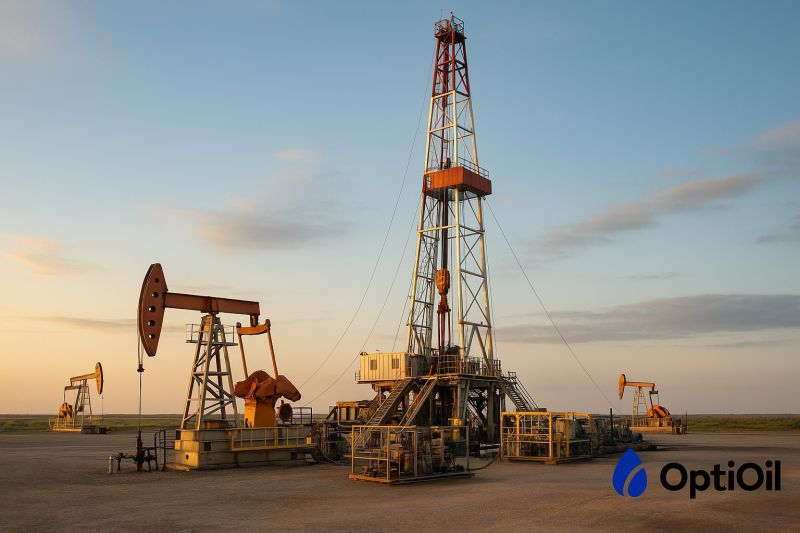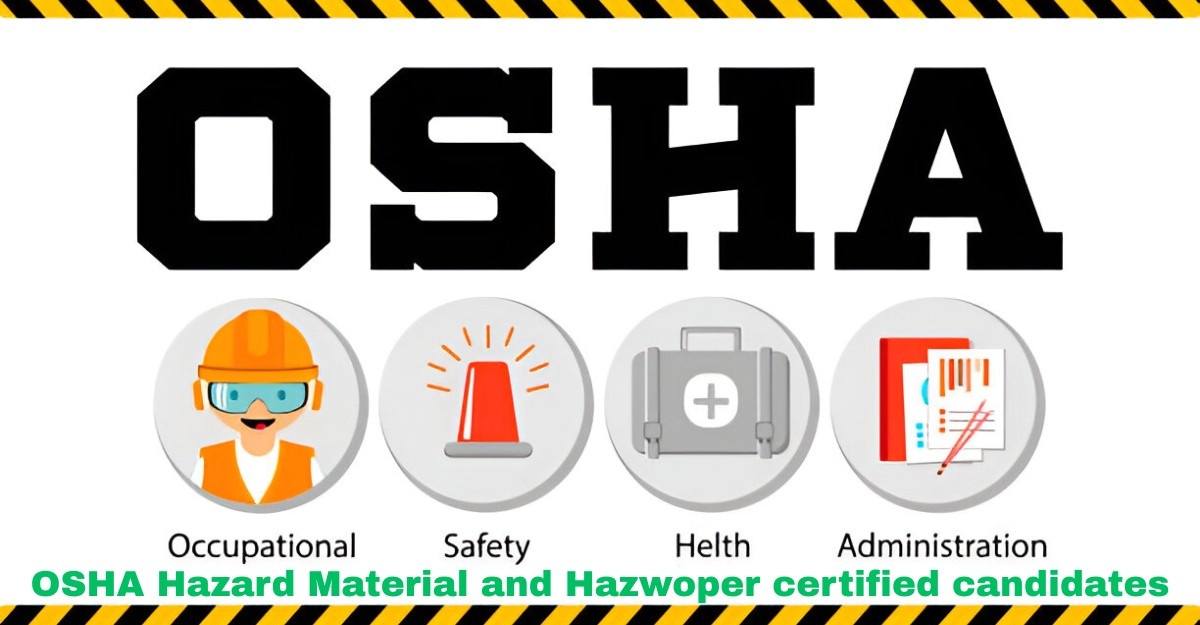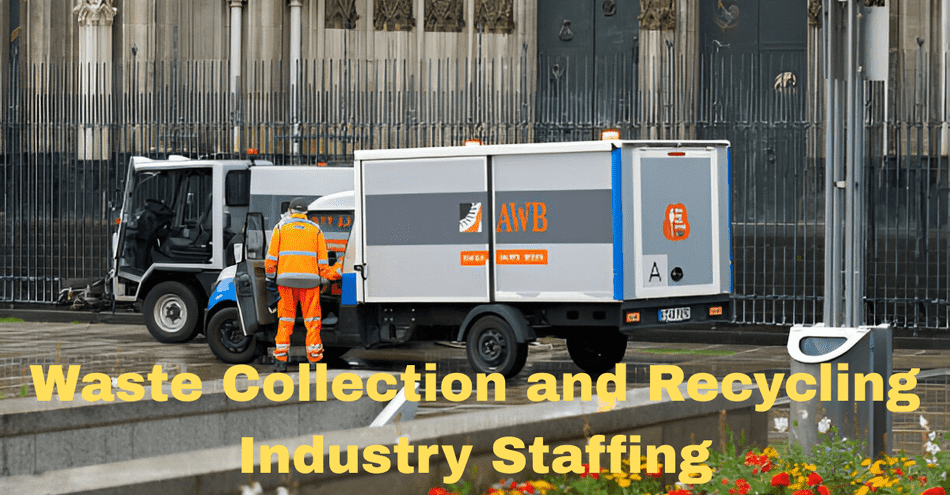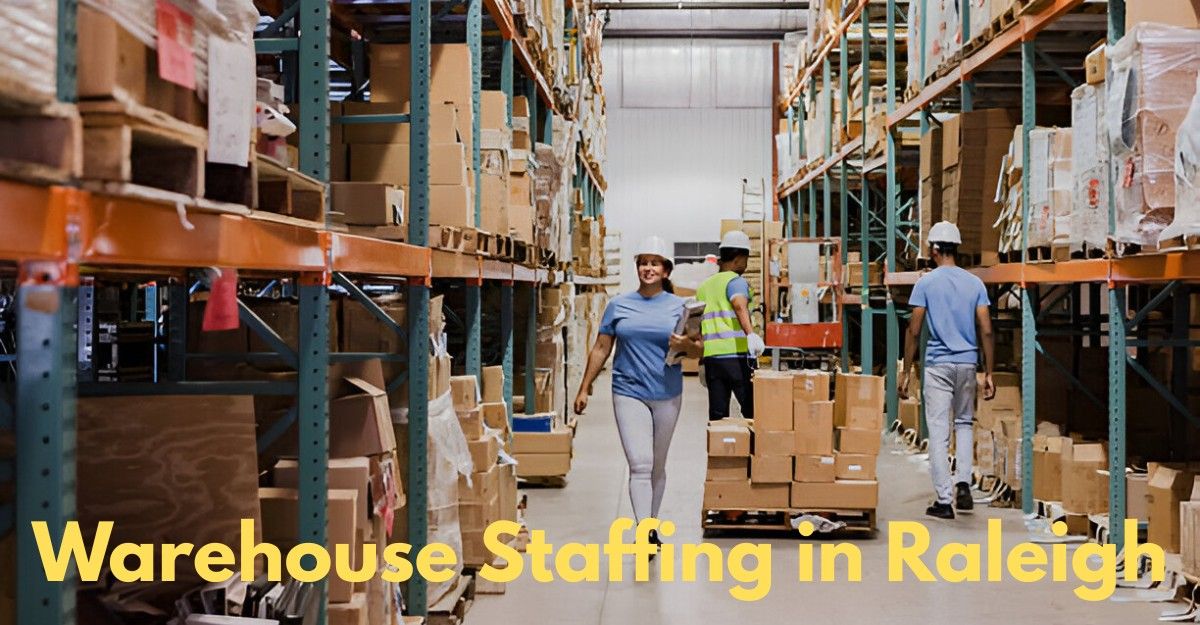7 Proven Techniques for Production Optimization in Oil and Gas Industry

Strong 8k brings an ultra-HD IPTV experience to your living room and your pocket.
According to a 2016 study by Kimberlite, an oil and gas market research company, only a 1% rate of unplanned downtime can cost more than $5 million annually. Even small changes to optimize maintenance and focus on optimizing oil production can materialize into large savings.
Given the challenging landscape of oil production, implementing advanced strategies for production optimization oil and gas efficiency is necessary to tap into greater productivity and profitability. Imagine an oil field where each well yields just a fraction more thanks to precise data-driven adjustments, or a complex operation where downtime is eliminated through predictive maintenance. Optimizing oil production involves measuring, analyzing, modeling, and prioritizing actions to enhance productivity in oil and gas fields across reservoirs, wells, and surface operations.
The following are seven key strategies and techniques that oil and gas companies can employ to boost their operational efficiency and ultimately enhance oil production.
1. Optimizing Well Placements
Strategic well placements are crucial for maximizing production output. Companies can determine the most effective drilling locations for high productivity by using reservoir characteristics, geological surveys, and sophisticated modeling techniques. Advanced methods like successive linear programming (SLP), genetic algorithms, and heuristic algorithms, are used to increase efficiency in oil and gas production.
A recent study published in the Journal of Petroleum Science and Engineering introduces the Black Widow Optimization (BWO) algorithm for well placement optimization. This unique algorithm outperforms established methods such as Genetic Algorithm (GA) and Particle Swarm Optimization (PSO) in both convergence speed and achieving global optimums. With its ability to explore a vast search space while effectively finding optimal solutions, BWO presents an innovative approach that could significantly improve oil production efficiency.
2. Reducing Downtime
Proactive maintenance practices, predictive analytics, and condition monitoring technologies can help minimize unplanned downtime and maximize uptime, which will positively impact all aspects of production optimization oil and gas.
Organizations that use a data-driven, predictive approach, see their downtime reduced by 36% compared to those with a reactive maintenance strategy. The result is $34 million in cost savings annually. Additionally, offshore organizations average more than 27 days of unplanned downtime, or $38 million yearly.
By using predictive maintenance approaches, oil and gas companies can forecast potential equipment failures and take preventive measures to avoid unplanned downtime. For instance, a study by Abbasi et al. (2019) utilized a recurrent neural network to predict equipment failure in the oil and gas industry. The model analyzes multiple parameters from industrial-grade air booster compression motors, providing insights that allow companies to maintain equipment more effectively and reduce major losses.
3. Improving Equipment Maintenance Practices
Preventive maintenance approaches such as scheduled inspections, predictive maintenance algorithms, and remote monitoring solutions ensure smooth operations and reduce the risk of unexpected breakdowns. For example, a schedule optimizer can optimize maintenance schedules for equipment and machinery.
A study from the Journal of Manufacturing Science and Engineering emphasizes the importance of proactive maintenance for industrial equipment. Through extensive research, the study demonstrates that scheduled inspections, predictive maintenance algorithms, and remote monitoring solutions can significantly improve the reliability and longevity of machinery. This approach reduces the risk of unexpected breakdowns and increases operational efficiency by ensuring continuous, smooth operations.
4. Integrating Automation and Robotics
Automation and robotics strengthen operational efficiency and reduce labor-intensive tasks. Technologies such as autonomous drilling rigs, robotic inspection systems, and automated data analysis tools are revolutionizing oil and gas operations.
The oil and gas industry is one of the most hazardous industries, with a high rate of workplace fatalities and injuries. According to Mithoff Law, a law firm specializing in oil rig accident cases, some of the main reasons for oil rig accidents include human error, equipment failure, and inadequate training. For example, an oil rig worker may ignore safety procedures, leading to a fire or explosion, or a piece of equipment may malfunction, causing severe injuries or fatalities.
Using robotics for high-risk tasks is a growing trend that can improve health, safety, and environmental performance. Using intelligent technologies and advanced methods for remote control and monitoring can help oil and gas companies increase productivity and efficiency while reducing human risk factors and operation costs.
5. Real-Time Monitoring and Adjustments
Real-time monitoring allows companies to make immediate operational changes and improve production output. Utilizing data from real-time monitoring can help identify issues quickly and optimize production schedules.
Advanced data analytics and AI/ML techniques further improve this capability by providing actionable insights for better decision-making and operations management. For instance, AI/ML-assisted production performance evaluation has proven effective in improving operational efficiency in shale gas production (Syed et al., 2021).
6. Enhanced Data Analytics and Reservoir Simulation
AI and machine learning (ML) technologies are instrumental in processing large volumes of data and identifying patterns that might go unnoticed. In the context of enhanced data analytics and reservoir simulation, AI and ML significantly improve the accuracy of predictions and insights related to subsurface conditions. These technologies enable advanced data-driven approaches that optimize drilling, well placements, and production optimization oil and gas strategies.
For instance, a study from the University of Hong Kong introduces a novel approach using a data-driven evolutionary algorithm, known as the generalized data-driven differential evolutionary algorithm (GDDE), for well placement and control optimization. This innovative algorithm reduces the number of simulation runs needed while solving complex reservoir optimization problems. Machine learning, including probabilistic neural networks and radial basis function models, improves optimization and accelerates convergence. By implementing such data-driven methods, companies can significantly improve oil production efficiency.
7. Sustainable Practices and Risk Management
Embracing sustainable practices is essential for reducing emissions and minimizing environmental impact, while risk management and safety measures ensure a secure operational environment. Advanced technologies can improve safety and support sustainability goals by automating hazardous tasks and providing predictive insights.
For instance, intelligent control and automation offer significant opportunities for improving safety and efficiency in offshore oil and gas operations, thereby supporting sustainability and risk management efforts.
OptiOil Integration
As companies strive to implement these advanced strategies for optimizing oil production efficiency, they can benefit from leveraging cutting-edge software solutions like OptiOil . OptiOil offers a comprehensive suite of tools and features designed to streamline operations, improve decision-making, and maximize production output in the oil and gas sector.
With OptiOil, companies can seamlessly integrate advanced modeling techniques and predictive analytics to optimize well placements and reduce downtime, while optimizing equipment maintenance practices. Furthermore, OptiOil's workflow management capabilities enable companies to streamline processes and improve collaboration among different teams and departments involved in production optimization oil and gas.
By embracing automation technologies and leveraging OptiOil's advanced analytics, companies can further refine operational efficiency, leading to increased profitability and competitiveness in the market.
Contact us today to learn more about OptiOil
Note: IndiBlogHub features both user-submitted and editorial content. We do not verify third-party contributions. Read our Disclaimer and Privacy Policyfor details.







